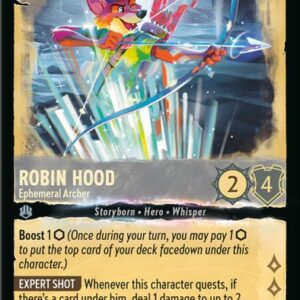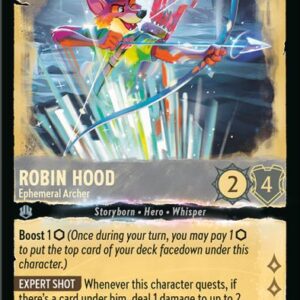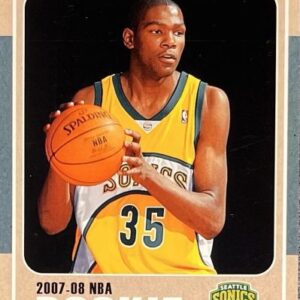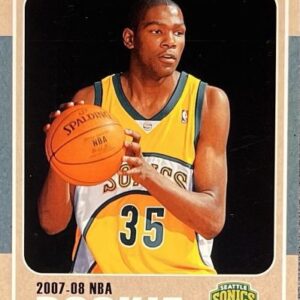For the dedicated and devout collector of Magic: The Gathering cards, few things sting as harshly as the revelation that a cherished card in their collection may be a forgery. Whether you’re a casual gamer dabbling in Friday Night Magic tournaments or a seasoned trader who knows every iteration of the elusive Black Lotus, the risk of counterfeit cards has become a pesky reality. With technological advances, fake cards have slipped past many an untrained eye. Yet fear not, for with just a handful of techniques and an acute awareness, even the most cunningly disguised imitations can be unmasked.
When determining the authenticity of a Magic card, it’s important to trust your senses first and foremost. The texture of the card can tell you a lot. Real Magic cards are famed for their familiar matte surface, a sensation distinctly different from the glossy or slick feel of imposters. Should you feel like you’re holding a menu from a family diner instead of a sacred card from a booster pack, it’s definitely time to dig deeper. When in doubt, compare it to a basic land card known to be legitimate from the same time period or set.
Seeing is believing, and when it comes to cards, the light check trick remains one of the simplest yet most effective methods. By holding a potential forgery up to a flashlight, one can discern the card’s blue core, a signature element of genuine Magic cards, nestled between layers of paper. A true Magic card will allow light to pass through slowly, tinged with a gentle, cool hue. Counterfeits often deviate, either too thickly constructed, blocking all light, or too thin, resembling more of a stained-glass window than a solid collectible.
Enter the magnifying loupe, a thrifty investment that could save an enthusiast thousands in erroneous transactions. Ideally with 30x magnification, a jeweler’s loupe reveals microscopic details invisible to the naked eye, functioning much like a lie detector for paper products.
Examining the rosette pattern can be particularly telling. When viewed closely, the art and text boxes of authentic Magic cards reveal a sequence of tiny, round dots that form intricate, floral-like structures known as rosettes. Counterfeit cards? They are infamous for displaying blurred dots, digital pixelation, or haphazard grid patterns that can’t quite capture the essence of these rosettes.
The solid black test is another old favorite. Authentic Magic cards boast a bold, solid layer of black ink for names, mana symbols, and text. Fakes tend to cut corners with composite black, utilizing colored dots that appear fuzzy under magnified scrutiny. Lastly, the infamous green dot test zeroes in on the back of the card. Observe the green mana symbol closely; within its yellow-green border lies a red dot arrangement forming a subtle, upside-down “L.” Missing, misaligned, or mere blurry smudges here typically suggest forgery.
With modern advancements come modern safeguards. Post-2015, Magic cards that are rares or mythics include a distinctive oval hologram stamp. Authentic versions are seamlessly flush with the card’s surface, often including microtext or symbols like those of planeswalkers or mana icons. Counterfeit symbols may appear grainy, tactilely raised, or suspiciously like a repurposed stick-on from elsewhere.
However, collectors beware: do not fall prey to the temptation of destructive tests like tearing or bending a card. While some consider these methods revealing of a card’s blue core, many a legitimate card has met an untimely end this way. The counterfeit industry has evolved past relying on such blunt methods for deception, embracing more sophisticated techniques.
After training your senses and investing in a good loupe, you’ll discover that spotting a fake Magic card is less about a single “gotcha!” moment and more about accumulating evidence. Always begin with an initial touch-check, progress through this series of tests, and take your time with the loupe. With consistent practice, the ability to differentiate between real and fake will become second nature, safeguarding your collection while honoring the integrity of the game. Ultimately, equipping yourself with this skill not only makes you a more astute collector but also fosters a community where the excitement of opening a pack remains untarnished by deceit. What better way to keep the fun in Magic!






